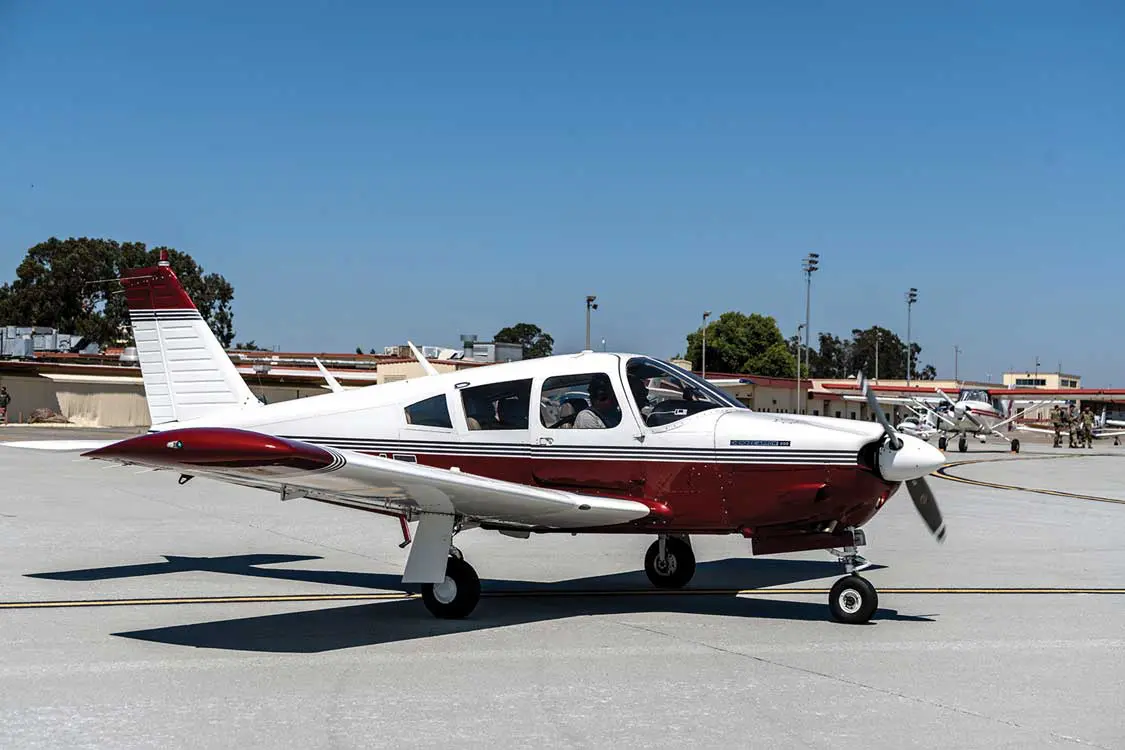Prepare, Practice, and Partner: How Travis Operationalizes Mid-Air Collision Avoidance
By LT COL KEITH B. NORDQUIST, 60TH AIR MOBILITY WING CHIEF OF SAFETY
It can be hard to anticipate the things you cannot imagine. When the Wright Brothers invented powered flight in 1903, they were likely oblivious to mid-air collisions. However, aviation recorded its first fatal inflight impact between two powered aircraft by 1912. Perhaps unexpectedly, the pilots involved were not civilians; they were military officers training for conflict before World War I.
More than a century later, the New York Times recently investigated a concerning uptick in similar “close calls†for commercial aviation. In the military, the number and frequency of unprofessional intercepts from China and Russia are also on the rise. As Air Mobility Command (AMC) trains for the joint logistics demands of strategic competition, it is clear the threat of mid-air collision remains an enduring hazard. At Travis Air Force Base (AFB) in California, the installation is strengthening its mid-air collision avoidance (MACA) program by imagining possibilities through preparation, practice, and partnership.
Most recently, preparation included Travis AFB pursuing the installation’s first MACA civilian fly-in and safety seminar in more than five years. Eighty-two whole-of-installation personnel vetted more than 250 aviators to sequence, park, and process up to 50 general aviation aircraft. It was not unlike preparing for a mobility mission. Planning identifies potential areas of congestion or abnormal activity so crews can understand and apply a location’s standard operating procedures and rules of engagement. Training highlights the limits of one’s vision when task-saturated and responding to dynamic airborne threats. Whether getting ready for a fly-in or a mission, preparation creates more time to be “heads up†and engaged, not “heads down†and distracted.
Last August, fly-in preparation led to real-world MACA practice when Travis AFB opened the gates to general aviation traffic. Although Bay Area fog limited full participation, the installation still successfully welcomed 37 civilian aircraft—the most in base history. Practice went beyond participation as operators saw first-hand the value of various traffic alerting, tracking, avoidance, and deconfliction systems. More importantly, Airmen internalized the importance of connectivity, survivability, and agility as they helped local aviators exercise perishable filing, scanning, and communication skills. Surprisingly, nearly all mid-air collisions occur during daylight hours and in visual conditions when complacency is more likely. Practicing MACA builds operator awareness for all conditions and phases of flight, galvanizing the sustained vigilance needed to execute in fluid operating environments.
Critically, preparation and practice are incomplete without meaningful partnerships. At Travis AFB, partnership meant extending a once-in-a-lifetime opportunity to the local community: a military airfield landing, a tower and radar approach control facility tour, an airfield fire department demonstration, and four major weapon system walk-throughs. For AMC, the partnership also extends to America’s allies and partners. It takes trusting each other through the fog and friction of potential conflict to realize shared goals in shared skies. Other nations know they can trust the United States for safe and rapid global mobility, just like Californian aviators knew they could trust Travis AFB to safeguard $51 million worth of their assets. Together, partners better understand their common hazards to better mitigate their potential mishaps.
Through preparation, practice, and partnership, Travis AFB took a calculated risk to host a MACA fly-in while six real-world mobility operations proceeded. It demonstrated the power projection capabilities of Travis AFB and made clear that MACA is more than just “see and avoid.†It is also a thorough understanding of an operating environment and its operators, from filing through flight. Mid-air collisions remain a top cause of fatal general aviation accidents, and data shows they are equally likely across experience levels—from the initial solo student to the 15,000-hour instructor. As aircraft closing speeds and air traffic density increase—especially with unmanned systems proliferating global airspace—taking time to prepare, practice, and partner has never been more critical to mission success.
Of course, successful aviation in California is usually an aviator’s dream—clear skies, warm days, and great destinations. However, as history reveals, even less congested skies must contend with potential mid-air collisions. Travis AFB remains focused on MACA as a mission assurance activity through preparation, practice, and partnership—at home and on the road. It is why the local Flight Standards District Office endorsed the fly-in as a certified continuation training event. It is also why AMC knows it can move at tempo with crews who train to imagine the risks they may encounter. By imagining together today, we can anticipate the challenges of tomorrow … so there are no bounds.
FOR MORE INFORMATION:
“Airline Close Calls Happen Far More Often Than Previously Known,†by Sydney Ember and Emily Steel, 21 Aug 2023, https://www.nytimes.com/interactive/2023/08/21/business/airline-safety-close-calls.html
“Pilot’s Role in Collision Avoidance,†Advisory Circular by the Federal Aviation Administration, 20 Oct 2022, https://www.faa.gov/documentLibrary/media/Advisory_Circular/AC_90-48E.pdf
“Prevent Midair Collisions: Don’t Depend on Vision Alone,†Safety Alert by the National Transportation Safety Board, Revised April 2021, https://www.ntsb.gov/advocacy/safety-alerts/Documents/SA-058.pdf
“See and Be Seen: Your Life Depends on It,†Safety Alert by the National Transportation Safety Board, Revised April 2021, https://www.ntsb.gov/Advocacy/safety-alerts/Documents/SA-045.pdf
“How to Avoid a Mid Air Collision,†Online Resource by the Federal Aviation Administration Safety Team, https://www.faasafety.gov/gslac/ALC/libview_normal.aspx?id=6851
“Fly-In for Safety,†PA Article by 60th Air Mobility Wing Public Affairs, 29 Aug 2023, https://www.travis.af.mil/News/Article/3509762/fly-in-for-safety/




